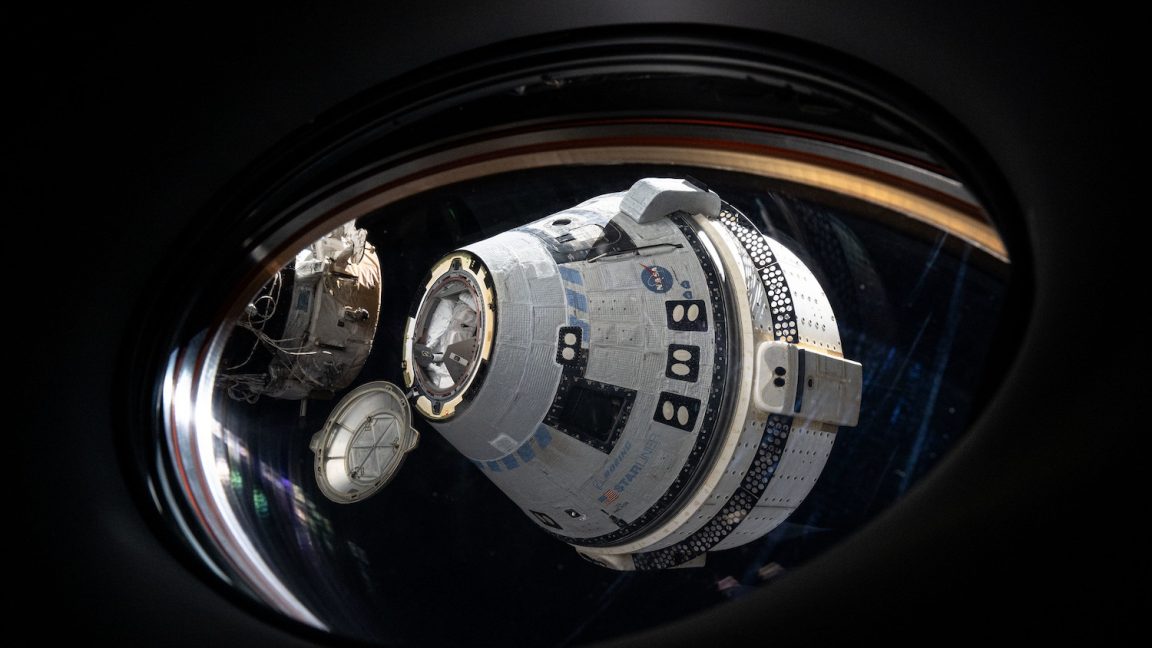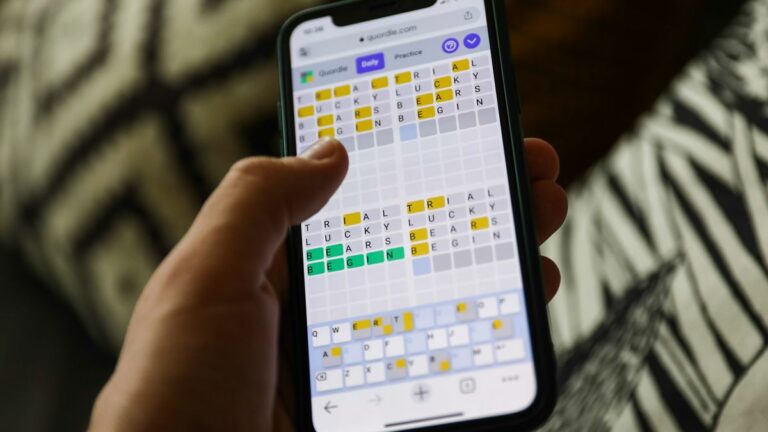
For the time being, sources said Boeing is following a standard post-flight process after the Starliner mission. This includes joint meetings with NASA and looking at corrective actions should Starliner continue. This is routine and should not be read as an indication of what may ultimately happen.
NASA will also have a say in what happens to Starliner. In particular, if the space agency wants to have a second crew transportation system, it probably will need to find a way to help Boeing defray some of the costs of certification of Starliner for operational crew missions to the station.
One way of doing this may be to pay Boeing to fly a cargo mission to the International Space Station. That is, the space agency and Boeing could test the company’s repairs to its propulsion system and the leaks in its helium pressurization system by flying food, water, science experiments, and other cargo to the station. Success on an uncrewed mission would help pave the way toward certification.
Helping Boeing with certification
There is one interesting tidbit that suggests this is a viable possibility. NASA’s space station program has been asked for potential dates when the orbiting laboratory could accommodate a cargo-only Starliner-1 mission during the next 18 months. (They came back with June 2026, January 2026, and March 2026). One problem with this scenario, however, is that NASA actually doesn’t need more cargo services, especially with Sierra Spaces Dream Chaser vehicle expected to make its first cargo flight in the next year or so.
Asked about a cargo Starliner mission, a NASA spokesperson referred Ars to a canned statement on Starliner: “The timing and configuration of Starliner’s next flight will be determined once a better understanding of Boeing’s path to system certification is established.”
Does NASA actually need Starliner? Officials with the space agency have been consistently supportive of Boeing, and expressed a preference to work with the company on continuing certification work. Because the spacecraft will now fly a human mission no earlier than 2026, it would only be available for five or fewer years of the space station’s remaining lifetime.
However, NASA still prefers the idea of a second provider to SpaceX. Moreover, the space agency would like to see some competition for SpaceX’s Crew Dragon in the 2030s, when it intends to support one or more private space stations in low-Earth orbit. And finally, NASA really does want its commercial partners to be successful. As the space agency moves deeper into an era of buying services and fixed-price contracts, it does no one any good if companies fail.




















+ There are no comments
Add yours